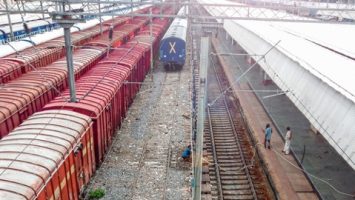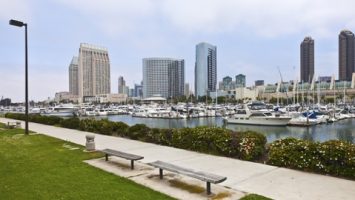
Quality Urban Energy Systems of Tomorrow (QUEST) and Pollution Probe – an environmental non-governmental organization – chose six pilot communities in Canada to participate in the development of the Smart Energy Communities Scorecard. The communities are: Bridgewater, Nova Scotia; Calgary, Alberta; Grande Prairie, Alberta; Inuvik, Northwest Territories; London, Ontario; and Yellowknife, Northwest Territories.
“The role of communities is paramount for achieving Canada’s climate change objectives, while also enhancing local economic competitiveness and resilience. The Smart Energy Communities Scorecard is the tool that will help local governments, businesses, utilities, and others measure progress and reach their goals together,” said Brent Gilmour, the executive director of QUEST.
The scorecard initiative – the first tool of its kind to evaluate and benchmark the progress of smart energy communities in Canada – will eventually work to establish a standard set of key policy and process indicators, create a method to evaluate how areas of communities are contributing, a scorecard report, and a web-based roadmap of how the six communities can get to becoming a “Smart Energy Community.”
“Communities will be crucial in the transition to a low-carbon economy. The Smart Energy Communities Scorecard initiative will help communities make this transition by providing best practices and examples. Pollution Probe is excited to be involved in this initiative,” stated Richard Carlson, director – energy exchange and energy policy at Pollution Probe.
The six pilot communities will receive advisory support from the project team to improve the community’s score and connect to a national network of communities that have leading energy data collection practices. It is expected that participation in the pilot program will lead to improved energy efficiency, enhanced reliability, lower costs, and reduced greenhouse gas emissions by enhancing energy efficiency across an entire community, harnessing local energy opportunities, Integrating conventional energy networks and integrating land use and transportation planning.


